
Biennial Plants: Everything You've Always Wanted to Know!
The guide to understanding
Contents
While the terms annual and perennial plants are straightforward to understand, the concept of a biennial plant is a bit more puzzling… especially since these types of plants are relatively uncommon in gardens, both due to a lack of awareness and because their short lifespan doesn’t appeal to all gardeners.
Yet biennials offer many advantages and, although their life cycle is brief, they deserve a place in our gardens, as well as in our containers and pots.
To learn all about biennial plants, here are answers to the most frequently asked questions by gardeners… along with our tips for growing them successfully!
A biennial plant – what is it?
A biennial plant is characterised, in the strict sense of the term, by its life cycle which spreads over two years:
- in the first year following its sowing, it will develop its root system and leaves which are often arranged in a rosette;
- in the second year, it flowers, produces seeds then dies.
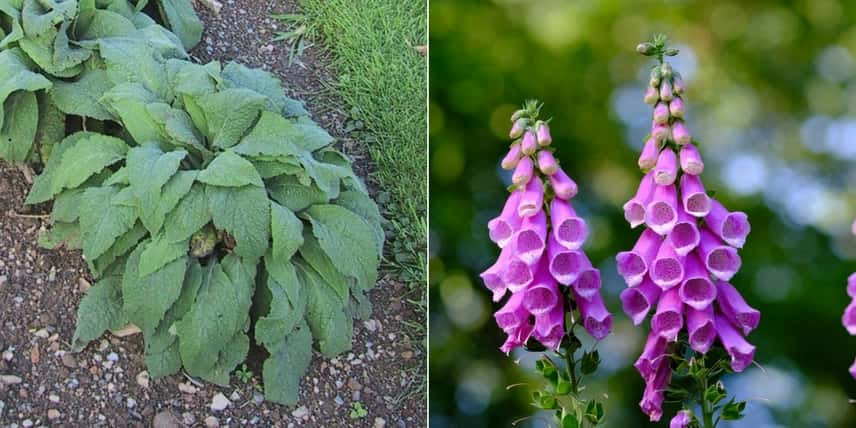
Purple foxglove: the rosette of leaves in the first year followed by its flowers in the second year
This is the case for Angelica, Purple Foxglove, Mullein, Honesty, Evening Primrose, as well as many vegetable and aromatic plants whose leaves (parsley), roots (carrots, parsnips) we consume before they produce their flowers.
Read also
Planting biennials as plug plantsWhy are some perennials referred to as biennials, and vice versa?
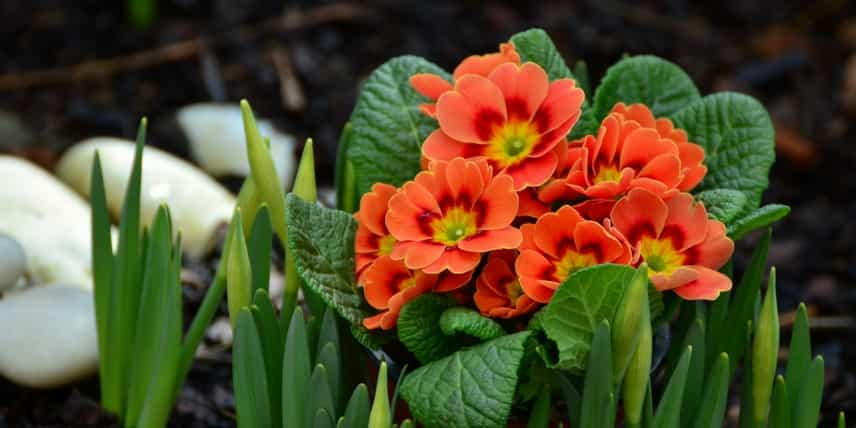
This pretty, colourful primrose variety will lose its vibrancy over time. This is why it’s typically classified as a biennial.
The term ‘biennial’ is widely used (if not overused!) in horticultural language to describe many types of plants, which can sometimes cause confusion.
Among these plant groups, we’re well acquainted with autumn biennials, represented by large-flowered pansies, very double daisies, colourful hybrid primroses, and some wallflowers… In reality, these are hybrid perennial plants whose only flaw is their tendency to exhaust themselves quickly due to prolific flowering, making them less durable. They’re also classified as biennials because their vegetative cycle spans two calendar years (sowing in late summer and flowering in early spring the following year). In practice, they’re grown as annuals, planted in containers, seasonal pots, and flower beds. Although they don’t retain their initial vigour, they can still be replanted in the garden to brighten up a forgotten corner.
Conversely, some biennial plants are considered perennials because they self-seed readily when the exposure and soil suit them. This persistence in the garden creates the illusion that they’re long-lived.
Finally, there are also perennial plants grown as biennials because not only do they flower only in the second year after sowing (like many perennials), but their lifespan is short, and their appearance deteriorates quickly over time. Examples include hollyhocks (Alcea rosea) or many foxgloves.
Discover other Digitalis - Foxglove
View all →Available in 1 sizes
Available in 3 sizes
Available in 1 sizes
Available in 2 sizes
Available in 1 sizes
Available in 2 sizes
Available in 2 sizes
Available in 2 sizes
Available in 1 sizes
Available in 1 sizes
Where to grow biennials? Their advantages
Biennial plants find their place equally well in garden borders as in planters and containers around the house.
True biennials are best grown in the garden. Examples in this category include:
- Foxgloves (Digitalis purpurea),
- Honesty (Lunaria annua),
- Numerous varieties of Mullein such as Great Mullein (Verbascum thapsus, Verbascum bombyciferum),
- Garden Angelica (Angelica archangelica), as well as Purple Angelica (Angelica gigas),
- Wild Teasel (Dispsacus sylvestris).
These plants often share common traits of tall stature and striking architectural form, bringing beautiful vertical lines to borders, along with a strong ability to self-seed naturally, which is particularly valuable in wildlife gardens.
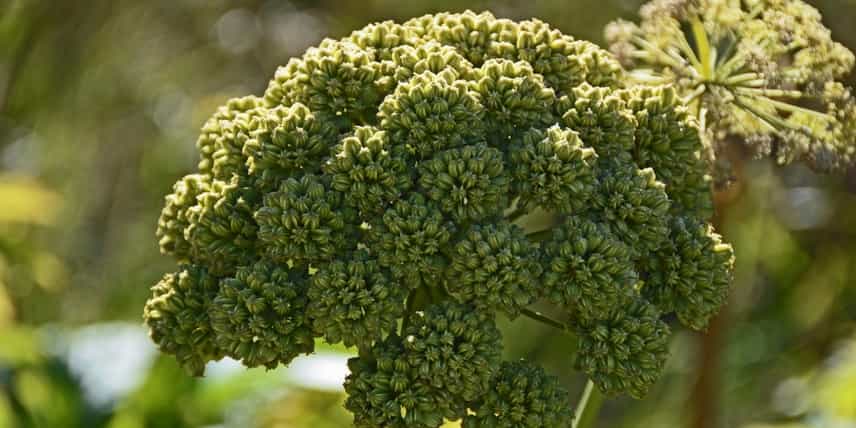
Angelica forms magnificent umbel-shaped inflorescences that bear numerous seeds at ripeness.
The biennials that adorn containers, window boxes, and also in open ground in areas dedicated to seasonal flowering are mainly represented by:
- Pansies and horned violets,
- Daisies,
- Primroses,
- Forget-me-nots.
Planted in autumn, they flower early in the season and offer a foretaste of spring while the garden is still dormant. In the garden or on window ledges, we recommend pairing them with early small bulbs, as well as with perennial plants, particularly with evergreen grasses and those like heucheras, tiarellas and heucherellas, which offer beautifully coloured foliage all year round.
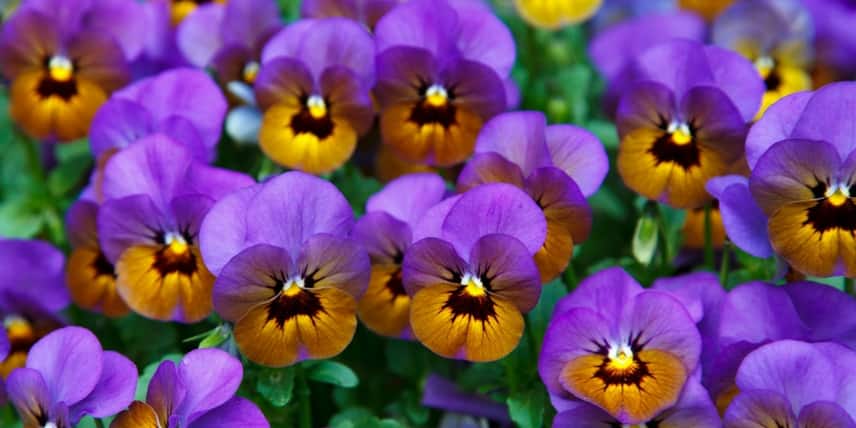
Pansies offer an inimitable “retro” charm
When to plant and sow biennials?
Planting:
Biennials intended for flower beds can be planted in spring or autumn. They will flower after experiencing a cold period (vernalisation) which corresponds to their first or second winter, depending on when they were sown.
In containers, biennials can be planted from September when sold as plug plants, and up until November when sold in buckets. To learn all about planting biennials as plug plants, check out our planting guide:
“Planting biennials as plug plants”.
Sowing:
Similarly, “true” biennials like Foxgloves can be sown in spring, late summer or autumn:
- If sown in spring (March, April), the plant will have time to form a beautiful rosette of leaves and will flower the following year,
- If sown in late summer or autumn (August to October), your plant may not be mature enough to flower the following year, meaning you’ll have to wait until the third year to enjoy its flowering,
Sowing biennials for containers and ephemeral displays is generally done in late summer, but the ideal timing may vary depending on the species. For each variety in our wide range of flower seeds, you’ll find precise instructions for successful sowing.
Note that germination for many of these plants is disrupted, or even inhibited, by temperatures above 18°C, making sowing sometimes tricky. This is why it’s often easier to use pre-started young plants.
How to enjoy biennial plants for longer?
For container gardening, we first recommend paying attention to planting. Using a high-quality, well-draining yet nutrient-rich potting compost for flowering plants is one of the key factors for success. To prolong and encourage flowering, remember to regularly remove spent flowers which, by producing seeds, exhaust the young plants. Also, and most importantly, remember to water regularly, even in winter, as rainfall alone is rarely sufficient for potted plants, and apply a liquid fertiliser as soon as growth resumes in spring.
In the garden, it’s sometimes possible to extend the lifespan of biennials by a year: to do this, cut the flowers before they go to seed. Having not expended all its energy on producing offspring, your plant may reward you with a second flowering the following year. But the simplest approach is rather to grow them for two consecutive years and let them self-seed freely.
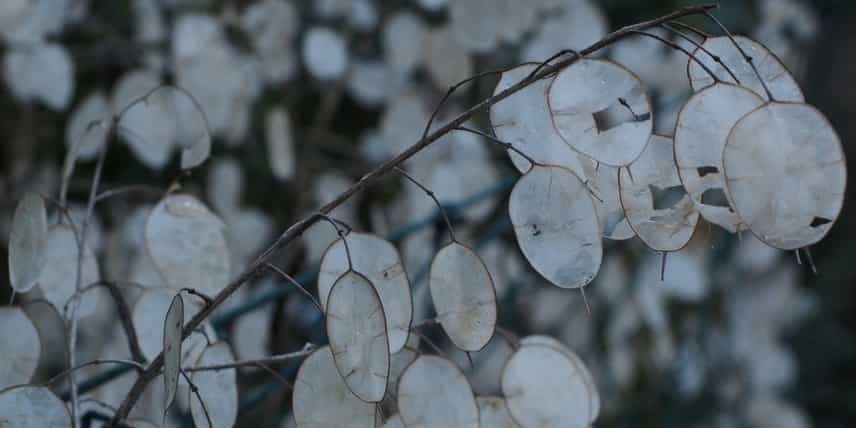
Honesty or Lunaria: a biennial that displays its seeds in an elegant manner
- Subscribe!
- Contents


































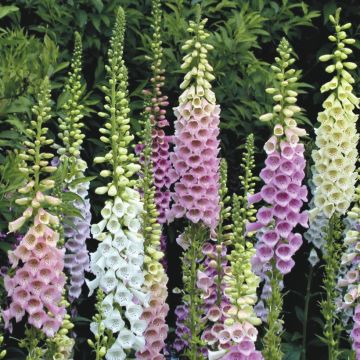
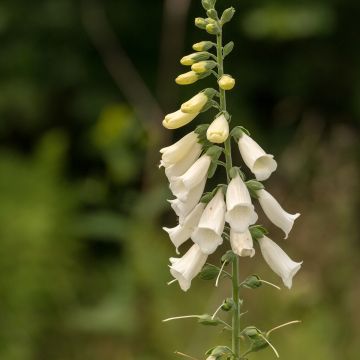
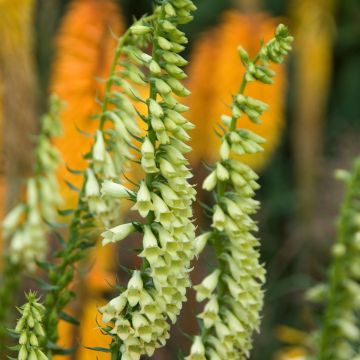
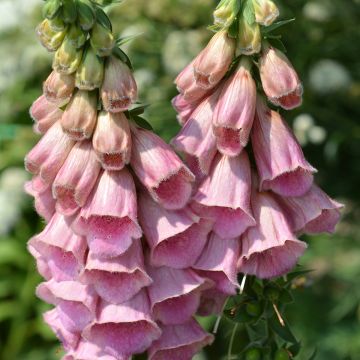
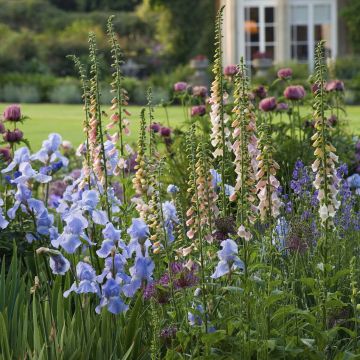
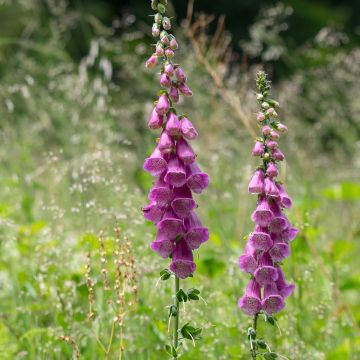
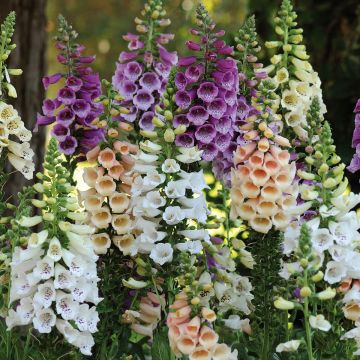
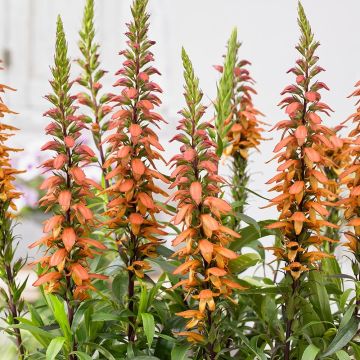
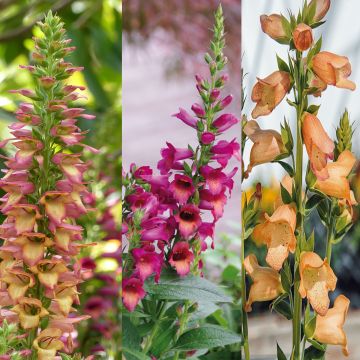
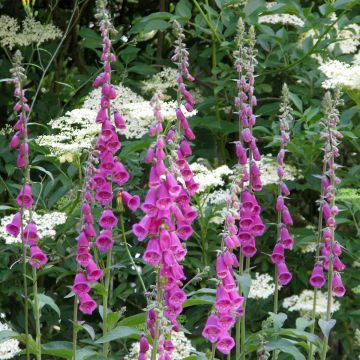
Comments